Eagle Farm Pumpstation
-
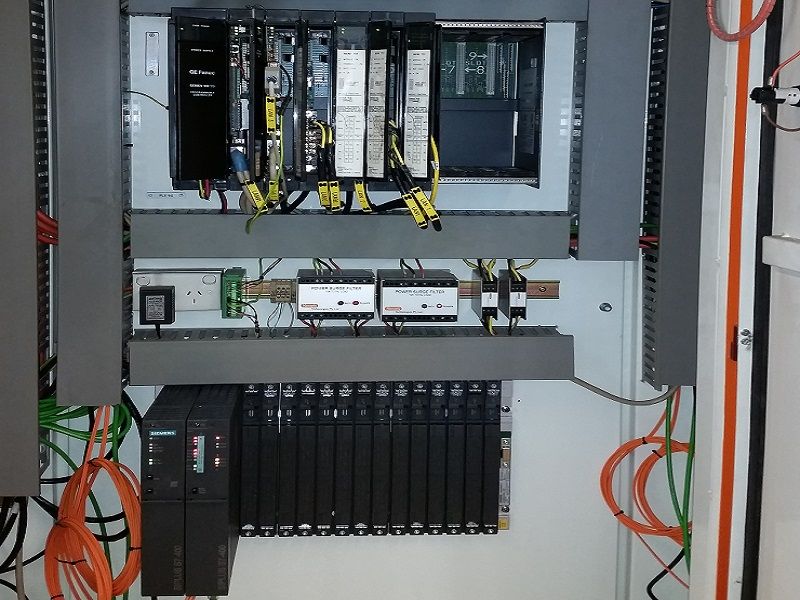
Old GE (top) & New S7 (bottom) PLC's
-
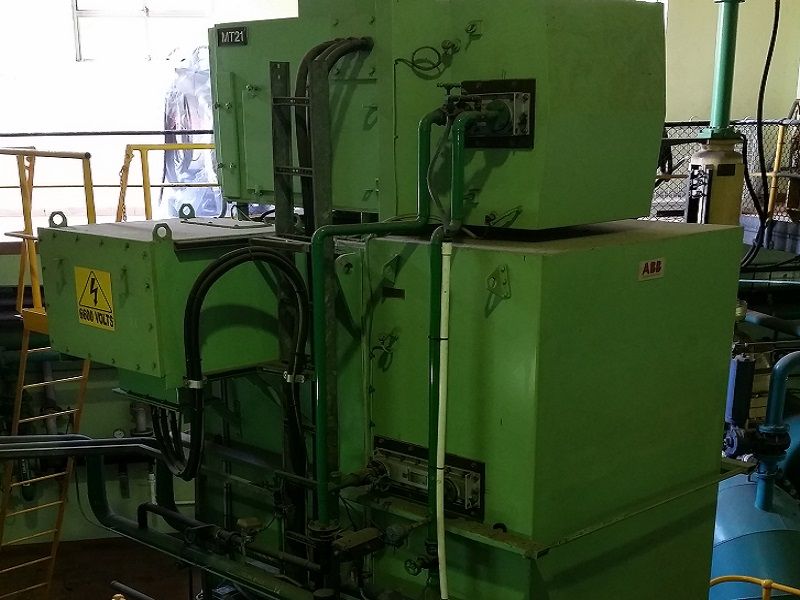
Well #2 Drives
-
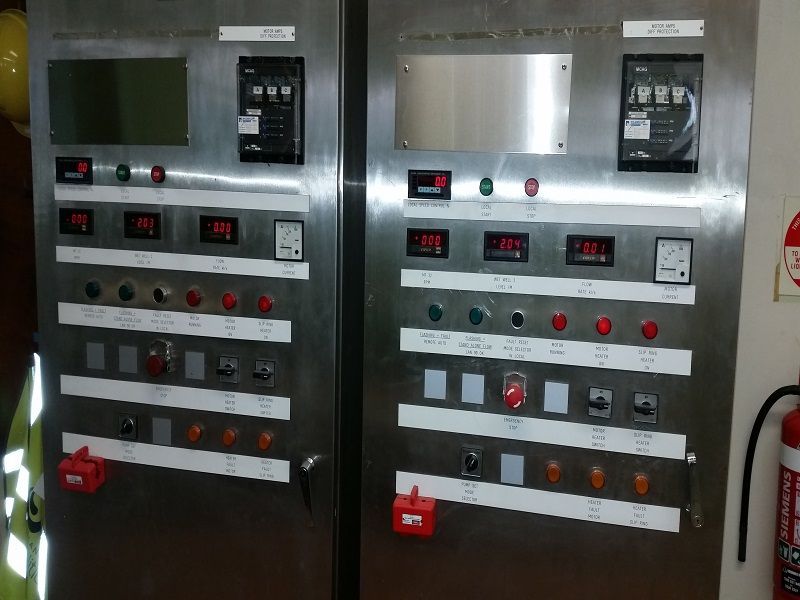
Well #2 Speed Control
-
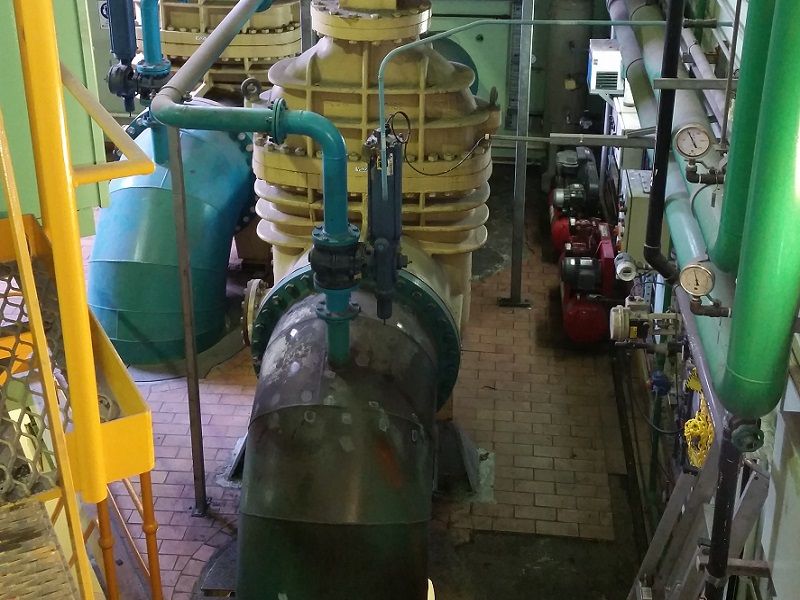
Well #2 Discharge Valves
-
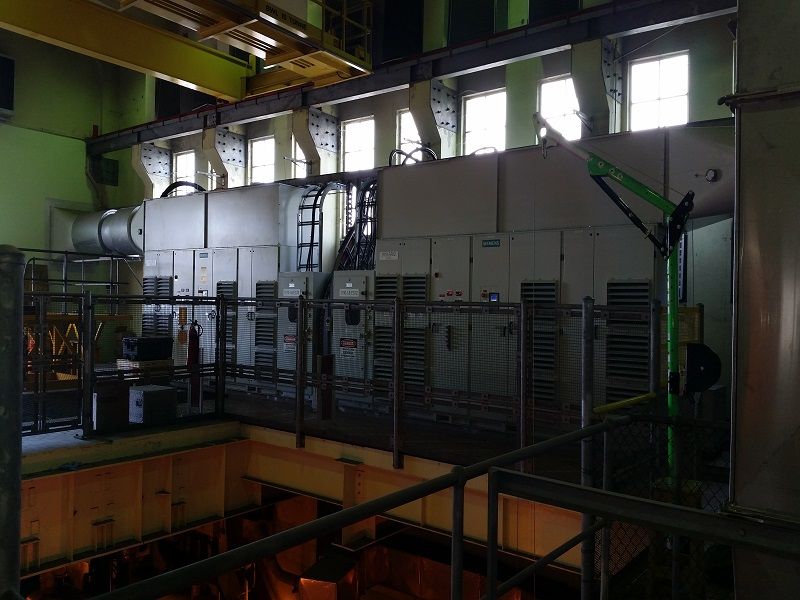
Well #1 Drives 1&2
-
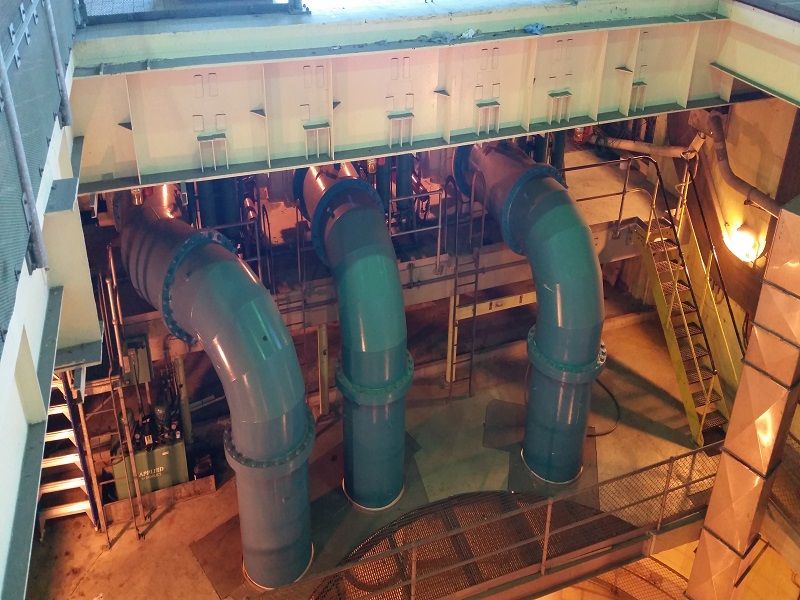
Well #1 Discharge Pipes
-
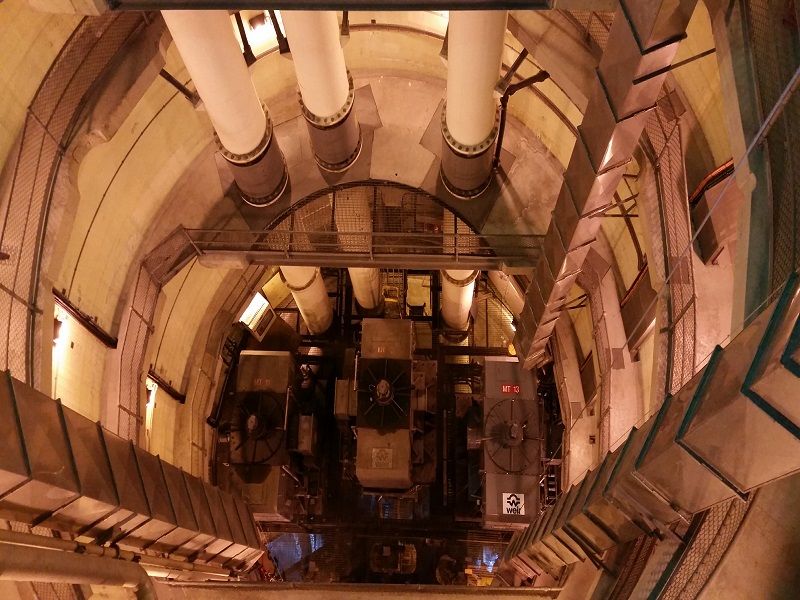
Well #1 View
-
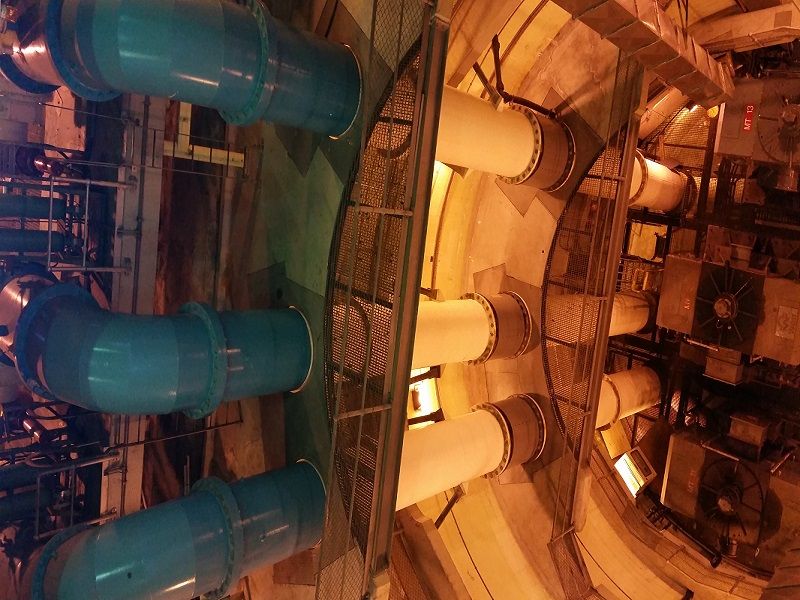
Well #1 Discharge Pipes
-
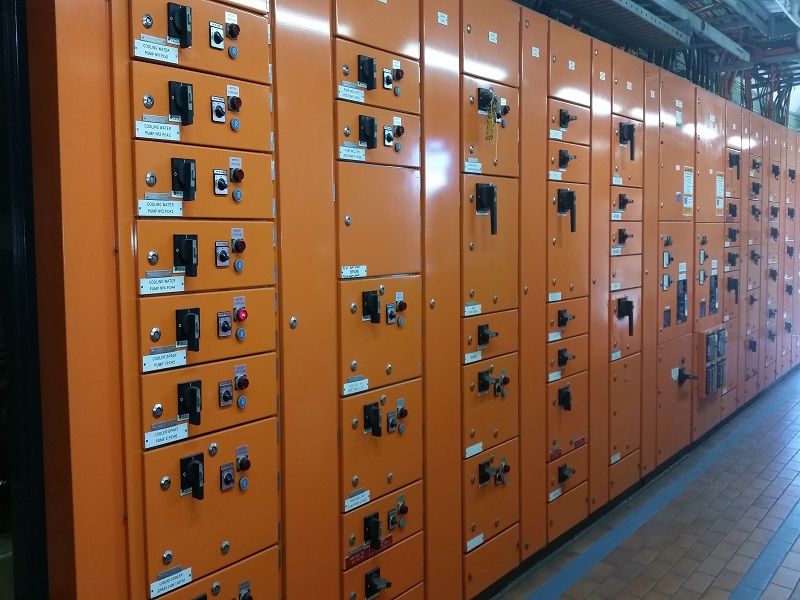
Main Swichboard
-
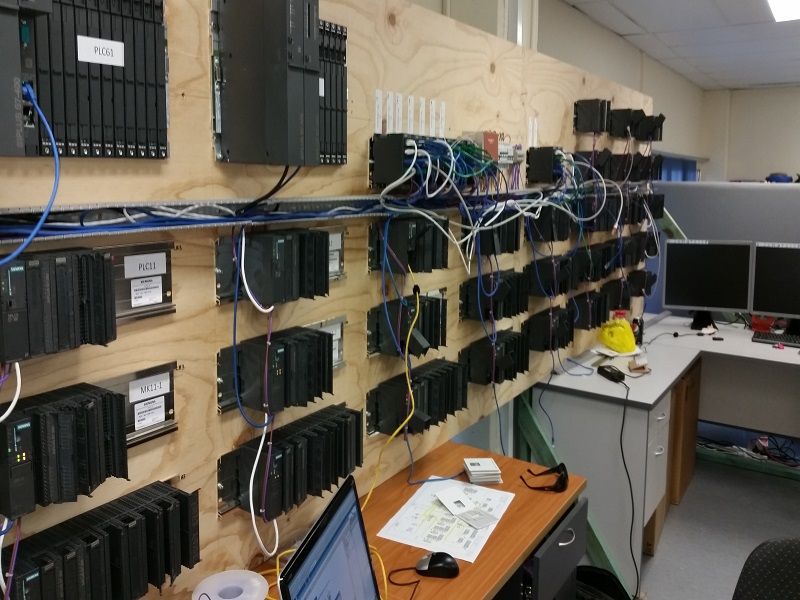
New Siemens PLC Testbed
Eagle Farm Pumpstation PLC Replacement
Background:
The Eagle Farm Pump Station is Brisbane's largest pumpstation, gathering sewerage from gravity mains that terminate at Bunya Street, and pumps the sewerage to the treatment plant at Luggage Point. The station operates five pumps in two separate pump wells, and is designed for a maximum through put of 8000l/s.
This station consists of two wet wells (screen wells) and two associated dry wells. Average flow is approximately 1700l/s. Dry Well #1 includes three 2000kw pumps (PP11, PP12 & PP13) operating in parallel with a maximum of two pumps pumping at once (a duty and follow pump) and the third pump as standby. These pumps are controlled by VVVF variable speed controllers which are efficient variable speed drives intended for normal dry weather duty. Maximum output is rated at 4200 l/s with two pumps operating into the steel 1370mm rising mains.
Dry Well #2 has two 1750kw pumps (PP21 & PP22) operating in parallel. These pump motors are controlled by inefficient liquid resistor starters for variable speed and are primarily intended for wet weather or emergency use. Maximum output is rated at 4250 l/s with both pumps operating into the 1840mm steel rising mains which connects at Serpentine Rd with the two 1295 mm pre-stressed concrete rising mains.
Wagtec Engineers were responsible for the Detailed Electrical Design, Programming and Commissioning of the PLC & SCADA Control Systems as part of QUU's Eagle Farm PLC and Control System Upgrade Project.
Control System:
The existing GE-Fanuc 90/70 PLC system was installed nearly 20 years ago, and being at the end of it's lifecycle QUU decided to replace the legacy PLC system with a more modern platform. Workshops and evaluations were carried out with a number of PLC options, with QUU finally choosing the Siemens PLC range to bring it in line with other QUU installations.
QUU also took this oportunity to revisit the operating philosophy of the pumpstation, and the outcome was to simplify station operation based on feedback from operational staff. Wagtec engineers were engaged by Cardno to reverse engineer the existing GE PLC code and produce a "As-Built" functional specification. This was then distributed to key QUU personel for review and comment. Comprehensive stakeholder engagement workshops were held to determine new operational requirements, with the team eventually agreeing on the new Standard Operational Procedure. This was documented into a new Functional specification for QUU to tender on.
Wagtec Engineers then designed the new control system architecture based around a mixture of Siemens S7 PLC's and Citect SCADA. Final configuration main points:
- 2x Siemens S7‐400H PLC's in redundant configuration, with 15x S7‐300 remote I/O racks in a ring main topology
- 5x Siemens S7‐300 PLC's for the individual pumpsets, each with 2x S7-300
- Remote I/O racks
- Redundant SCADA servers running Citect v7.40 on Windows 7 with 4x HD monitors each (8 total)
- CAT6 Control System LAN in redundant ring configuration
- PLC Hardware tender specification and tender evaluation
Hardware Installation tender specification and tender evaluation.
Wagtec then tendered on the PLC replacement project, and along with SJ Electrics won the contract to program and install the new control system. The PLC hardware replacement was staged so that only one main sewage pump was offline at any one time. This was essential to maintain station availability and to service the residents of Brisbane.
 +61 418 152 053
+61 418 152 053